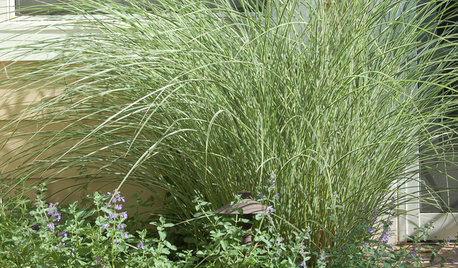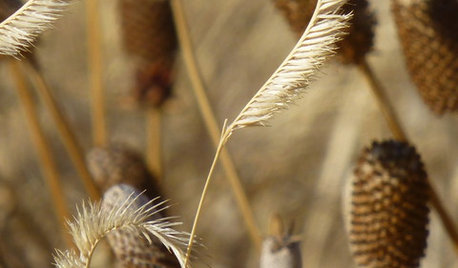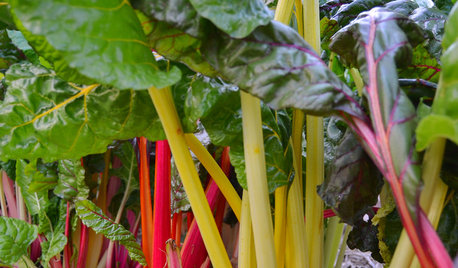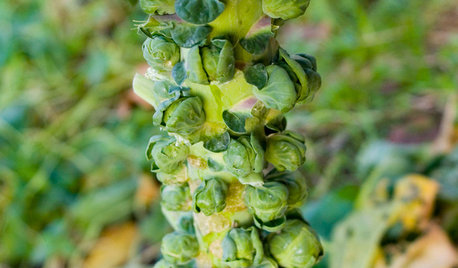cold season/warm season & seed 101
mrsboomernc
18 years ago
Related Stories

WINTER GARDENINGExtend Your Growing Season With a Cold Frame in the Garden
If the sun's shining, it might be time to sow seeds under glass to transplant or harvest
Full Story
GARDENING GUIDES10 Cold-Hardy Succulents for Cool-Season Interest
These attractive plants shrug off colder temperatures, and many can be brought inside in containers in extra-chilly climates
Full Story
GARDENING AND LANDSCAPING5 Smokin' Warm-Season Grasses
Beat the heat with beautiful grasses that help your landscape shine from summer through fall
Full Story
MORE ROOMSLong, Cold Winter Days—Bring 'em On!
13 Inspiring Ways to Make Good Use of Nesting Season
Full Story
HOLIDAYSSimple Pleasures: Savoring the Season of Warmth and Light
Light up your home and lift your spirits on cold winter days with these decorative touches
Full Story
FALL GARDENINGAutumn’s Spent Flowers Enrich the Off-Season
The garden season never ends when you think beyond summer blooms
Full Story
GARDENING GUIDESCool-Season Vegetables: How to Grow Chard
A year-round garden favorite with a colorful stem, Swiss chard comes into its own in early spring and in fall
Full Story
COOL-SEASON CROPSCool-Season Vegetables: How to Grow Potatoes
This ever-popular tuber is a stalwart in spring and fall gardens and a staple in kitchens everywhere
Full Story
COOL-SEASON CROPSCool-Season Vegetables: How to Grow Brussels Sprouts
If you love 'em (you know who you are), fall and spring are the right times for planting these veggies in your edible garden
Full Story0

MOST POPULARHow to Start a Cool-Season Vegetable Garden
Late summer and late winter are good times to plan and plant cool-season crops like salad greens, spinach, beets, carrots and peas
Full Story






dawgie
donn_
Related Professionals
Westwood Landscape Contractors · Concord Landscape Contractors · Kaneohe Landscape Contractors · Mastic Beach Landscape Contractors · New Berlin Landscape Contractors · New Carrollton Landscape Contractors · New Bern General Contractors · Annandale General Contractors · Evans General Contractors · Galveston General Contractors · Langley Park General Contractors · Mentor General Contractors · Mount Vernon General Contractors · Noblesville General Contractors · Rancho Santa Margarita General ContractorsmrsboomerncOriginal Author
grolikecrazy
donn_
lovesblooms
donn_
lovesblooms